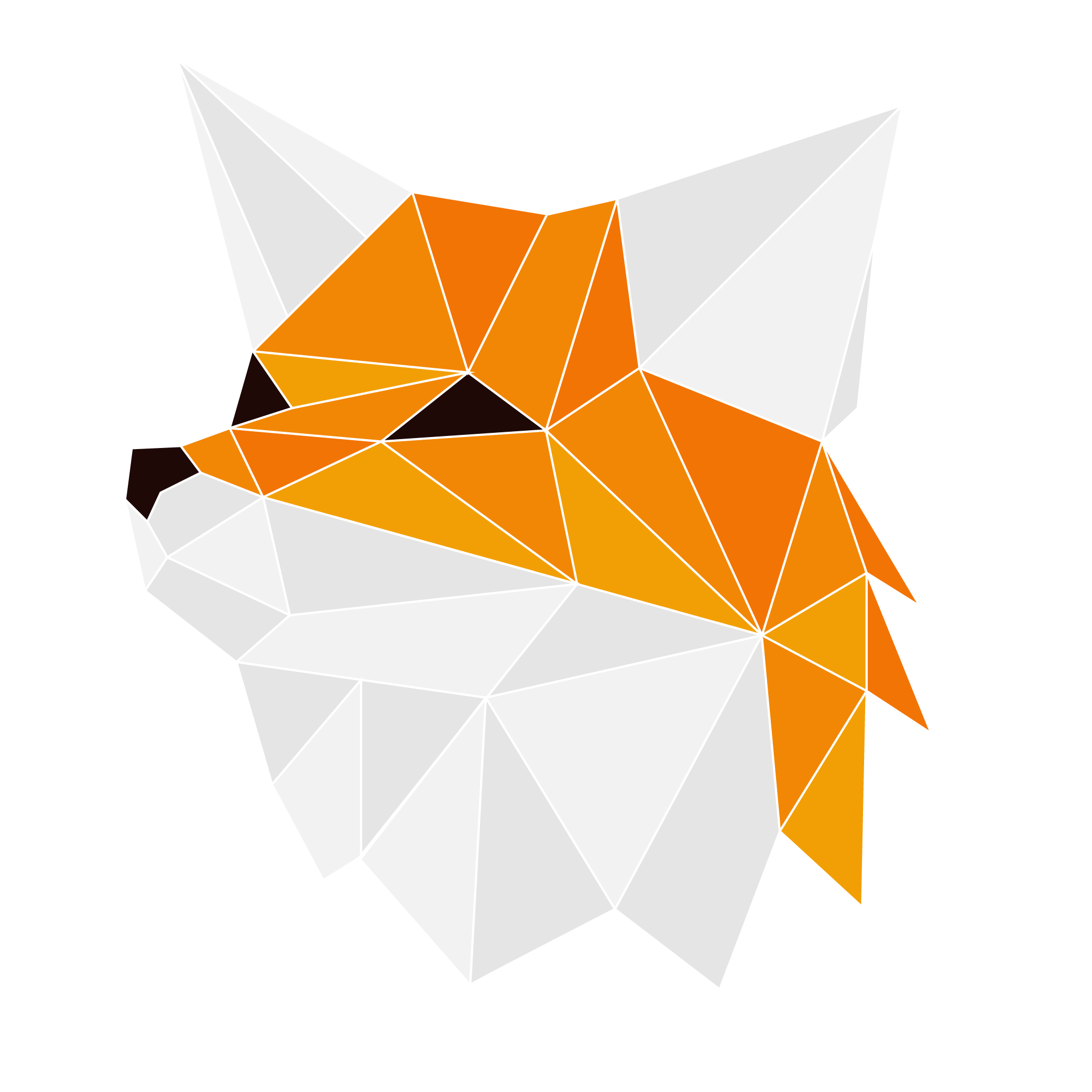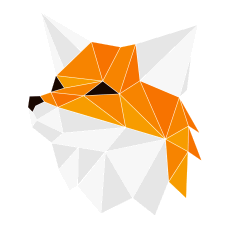Project Overview
This was an industry-sponsored academic project in collaboration with MaCher, during which my team and I were tasked with reimagining one of their flagship products: the tote bag. Our goal was to reinvent both the form and function of the tote bag, transforming it into a 'walking billboard' for a beauty brand. Our objective was to create a desirable, eco-friendly product that users would be inclined to keep and reuse. Additionally, we were required to design a digital component to augment the overall user experience.
Project Details
Time Frame:
Spring 2023, 7 Weeks
Team:
Emma Doyle, Esmé Ison, and myself
Tools:
Figma, Fusion 360, and Adobe photoshop
What is Macher?
MaCher is a certified B Corp product design brand that uses data and academic research to design and manufacture sustainable products which helps get brands noticed.
My Role
I was tasked as the Lead 3D Designer and sculptor for the bag itself. I was also to give visual aid as a UI Assistant to my teammates for the digital experience.








Problem
Conventional canvas tote bags are often generic, lack durability, and contribute negatively to the environment. Furthermore, their multifaceted nature often leads to confusion regarding their specific purpose. How can we rethink the way customers interact with tote bags?
Insights
Uncovered in research, we learned that it takes 237 uses of canvas bags to be more sustainable than a single-use plastic bag. Moreover, the average person keeps around 9 reusable bags at home. As for marketing, we noticed that high-quality, exclusive gifts with purchase elevate the shopping experience for customers.
Solution
We've developed a sustainable, versatile bag crafted from recycled materials, intended to be offered as a complimentary gift with purchase (GWP) within the beauty and wellness industry. This bag serves as a practical accessory for daily use and has the unique ability to transform into a beach towel or blanket, offering both functionality and an eco-friendly touch. Additionally, we've introduced an engaging augmented reality (AR) experience that enables users to digitally interact with their bag and access online shopping features. Our innovation aims to inspire consumers to adopt sustainability practices, reducing their reliance on single-use plastic while making a positive contribution to our environment.
Concept Matrix
During ideation, we gathered insights and sorted them using a concept matrix. Overall, our insights told us that our product needed to be desirable enough to be reused many times over.
Customer Journey Map
We created a customer journey map to imagine how a user mind find and interact with our product. Here, we started to play with the idea that the bag would be a gift with purchase item.
Physical Design Process
We created a range of sketches on what concepts we could explore for our product. Many shapes and styles were explored and thought through. To add to what a tote bag is used for, we wanted to create a product that had multiple uses.
Once we settled on the idea of a transformer tote bag, we started to sketch out how the bag would work–how it unfolds, refolds, and is carried.
We continued our physical research by gathering prospective sustainable materials, and creating a mood board with their uses. We then used our research gatherings to sketch some ideas by pairing materials together.






We continued our physical research by gathering prospective sustainable materials, and creating a mood board with their uses. We then used our research gatherings to sketch some ideas by pairing materials together.
Digital Experience Research
Regarding our digital offering, our initial focus was exploring methods to integrate a digital aspect with our physical tote bag. Early concepts involved an online web application accessible through a QR code on the bag, recommending local events. Users could accumulate achievements and coins by bringing their tote bag to these events and locations. As they gather enough coins, users could advance in rank, showcasing their active lifestyle to friends.




UI wireframes for potential app that coexists with the tote bag.
Another concept that we ultimately went with was incorporating augmented reality (AR). This innovative approach enables users to digitally interact with the tote bag, providing visual representations and informative details about the product. Additionally, users can seamlessly continue their shopping experience within the AR application.




Mockups showcasing walkthrough of AR experience.
The Final Physical Concept: The Glow and Go! Bag
Meet Glow ’n’ Go, a tote that conveniently transforms into a towel for your outdoor adventures. For our first pattern, we decided to go with a solid color RPET mesh that is made of recycled plastic bottles. This material is athletic and adds structure to the tote.



For our second option, we’re proposing a bespoke pattern with MaCher branding integrated into the design. This pattern is printed on a cotton alternative called Tencel which derives from sustainably harvested eucalyptus trees. We paired this with a turkish cotton towel because they’re both of natural origins. With a circularity approach to this option, we’re imagining a minimally branded, yet beautiful conversation starter.



Our main goal was to keep it light and portable while rethinking the average tote into a more useful tool. Here, we included a breakdown of the accompanying components that bring Glow & Go together.
The Final Digital Product:
Once the customer receives their purchase and their new Glow & Go tote, they will spot a QR code inside the tote itself which can be scanned by their cell phone.
Time For The Test...
The QR code can be scanned using AR applications like Snapchat. Upon scanning, users will be directed to a sustainability-themed quiz. The quiz will present multiple questions, and upon completion, users will receive congratulations and access the virtual representation of their tote bag.





Explore and Learn
The experience prompts them to turn on their phone camera where they unlock a digital version of the Glow & Go bag! They can tap on the hotspots which gives metrics around
sustainability and impact for the tote.
sustainability and impact for the tote.
Continue Shopping!
The experience further allows the user to interact with the tote digitally, along with being able to access a digital shop where they can easily refill or purchase other products.

Why AR?
AR will continue to be a fundamental part of our proposed brand experience and marketing strategy.
AR experiences are a proven way for businesses to increase sales by giving customers an immersive experience.
Cut costs associated with traditional marketing methods
Geolocation allows for dynamic rollouts and AR is compatible with existing infrastructure like Snap Lens studio or Spark AR.
Future Possibilities
We see many opportunities for the future of our product
Flexible application: The Glow & Go could apply to clients in many different industries such as travel and fashion.
AR Roulette: The QR code becomes a continued way to engage with different experiences.
Event Personalization: Personalization makes a product 10x more likely to be kept and we can apply the Glow & Go to an IRL event where customers can personalize their totes.
Self Reflection
The Glow & Go Tote project presented an exhilarating chance for designers like myself to gain deeper insights into the dynamics of a professional environment within a product-oriented company. While my expertise lies in interface design, this project allowed me to venture into the realm of 3D product development. It provided invaluable lessons on customizing products to align precisely with a company's objectives and preferences. Given additional time, I am eager to delve further into the possibilities offered by augmented reality within a marketing context. Exploring methods to digitally showcase not only this product but also other existing products for inspiration is an avenue I'm keen to explore.










